Though his name may not be as familiar as Leo, Orville, or Christian, Robert Godin has been making guitars for 47 years, and loving every minute of it. Robert has a simple philosophy: "You don't have to change the world, but you can make people happy." He decided early on that he wouldn't try to compete directly with established (at the time) brands like Fender, Gibson, and Martin, but instead build high quality guitars less expensively, and pass those savings on to his customers. Since founding it in 1972 Robert (pronounced row-BEAR) has built the business by doing things a little differently.
The Godin family now operates five factories in Canada, and one in the US. This makes Godin Guitars the largest manufacturer of guitars in North America. In addition to the Godin, they produce five acoustic guitar lines: Seagull, Norman, La Patrie, Simon & Patrick, and Art & Lutherie that address various segments of the worldwide guitar market.
We recently visited with Robert in Quebec and had a chance to tour the factory where electric guitars are made. He shared highlights of his entrepreneurial journey while showing off some of the manufacturing techniques that have defined his instruments.
Do you play guitar?
I have studied the guitar my entire life. I started to play at about 7 years old. The guitar wasn't as big a deal at the time. Not compared to what it is now, so it was easier to get into. I started with classical, then to the Beatles, and then to jazz, but I was left-handed and I had a teacher who would force me to play right-handed. Think that's a big mistake.
My aunt had a music school and I heard some of the young guys there and I said to myself, "Robert, you're never going to be the elite player." And when I realized my limit I decided I wanted to be something more than a mediocre musician.
How did you get started in the business of making guitars?
One night my aunt died suddenly and there was no one else in the family but me to take over the business. I was 15 at the time, my father was sick, and we had no money to operate the school. I had to quit high school. So, my other aunt said, "why don't you take over the school and I will sign for you" because I was a minor. So I took over the music school and started to make a guitar shop out of it.
And then around 1965 the guitar really started to happen with groups like the Ventures, who could really rock the place with just guitar, bass and drums. They were bending the notes and using the whammy bar. At the time there were only two kinds of strings for guitar, electric and acoustic, and the only way to get a .010 gauge string was for a banjo. People were coming in and asking for a B-string, or a G-string, and I would say, "why don't you change the whole set?" I created a special set of strings using banjo strings. And, I started to do repairs like adjusting the strings and doing intonation work like that.
That was a while ago...
Do you remember Conn Organ? They made an analog strobe tuner. They were several thousand dollars at the time, and they were as big as refrigerators. I said to the same aunt, "I need this toy." This was in 1965 before the tunomatic bridges started to appear, and intonation was a huge problem with guitars. And guitar players had to use a tuning fork, which was 2 octaves too high, physically touching a surface of the guitar.
So, I convinced her that I could be the only person in Canada that had one of these tuners, and I could do bridge adjustments, intonation, and other things. I was right. I got a reputation for being able to set up guitars and basses, and people were driving from miles away to see me because I had this tuner.
Then the Beatles came and the industry exploded. In a few years I was the biggest store in Montreal because people already knew about me. The store was called La Tosca. All the stores around then used the names of operas, or some classical reference. In 1968 I was working 7 days a week, and doing about $1.5 million selling guitars and amps and doing repairs. My dream of making my own guitars first started then.
What was the first guitar you made?
I was on a hunting trip. I didn't know anything about guns or hunting, but my father didn't have a car, so this was a way to get out of town. We went to a tiny little town called La Patrie near the border of New Hampshire. And I met an old man named Norman at the hotel who had a window factory in the village. He told me he had a guitar that he had made for himself. He played simple two chord country music. I was playing a lot at the time and he liked my playing and gave me the guitar. He had used woods like wild cherry and maple. I was amazed that someone could build a guitar without any idea of what he was doing.
His factory made wooden windows and everybody was switching to aluminum at the time, so he wanted to use his factory to build guitars instead and asked me to help him. I was really fascinated with the idea, and I said of course. When I went back to Montreal I put together enough fret wire and machine heads from my shop to build a dozen guitars and took them back to La Patrie and explained to him what he needed to do. And three months later the guitars were built. I took the 12 guitars back to my shop and within a month they were sold. It was hard to find acoustic guitars in Canada at the time, and guitars like Martin were too expensive for anyone. So, I called back, we made a bunch of changes and I ordered two dozen this time, which all sold very quickly too.
I was so excited I thought, wow, this is something I could sell around the world. I sold the store and used the money to help him transform his factory to start making guitars. This was in 1972. Our Norman guitar line is named after him.
A factory tour
Situated on the Saint-Francois river about 2 hours southwest of Montréal is the Richmond plant where Godin electric guitars and Tric cases are made. We had the privilege of a tour of the Richmond factory by the founder himself.
Guitars start and end with the best wood
The wood is the most critical part of any guitar. The Richmond factory gets their wood from around the world, including Rosewood from India, Koa from Hawaii, and, most of all, Cedar, Maple and Spruce from Northwest Canada.
Save a tree
Godin's process aims to be as green as possible. He has a deal with the Canadian government that allows him a choice of trees that have fallen naturally in the forest. The best of these trees are shipped via rail to the factory. When the wood arrives it must be carefully dried to allow for the most resonance at the lowest possible weight, and to avoid any cracking. No by-product is wasted. After the building process the sawdust is sent to plants for making Particle board, and the larger wood scraps are used as firewood in the winter months by factory employees. Pretty useful in that part of Canada.
Human-computer collaboration
The factory employs state of the art machines to do things that couldn't be done manually no matter how skilled the luthier.
For example, the Computer Numerical Control (CNC) machine drills holes that are so accurate that the various parts like neck and body fit perfectly, which means there is very little wasted material from errors. Ultimately this ensures consistency for customers and that the quality of the guitar will be excellent and lasting.
Despite the use of machines, much of the instrument is still handmade. Because guitar making is such a niche compared to other CNC uses, Robert must hire and train people to program, operate and maintain the machines. The machines do the precision work, but the final tweak is always done by a human.
Making the perfect cuts
The human touch
You really pay attention to the physics of guitar design. Talk about how you have come up with some of your innovations.
I was always interested in trying new things. I invented something called the Acousticaster, which was like a harp. It was a Telecaster style guitar, but I hollowed it out and put a spruce top on it, and a Piezo pickup. And then I glued tines like from a Rhodes Piano underneath the bridge that would resonate the notes C E G A, but two octaves lower.
The idea came to me from the concept of sympathetic vibrations. A piezo picks up the wood vibration, so I could get a very deep sound from a small thin body. I still make them, but now they have 18 different reeds inside them.
In 1982 I started the Seagull line of acoustic guitars. I thought that the traditional headstock of the guitar made the guitars harder to tune, so I took the theory from tuning a Cello, and made the headstock more triangular. I also used a satin finish because it could be thinner and therefore the vibrations were greater.
When I took the guitars to the big stores they said these sound great, but why don't you use a traditional headstock and make them shinier. They just wanted the guitars to sell themselves, and anything that looked different had to be explained.
So, I bought an old Econoline van and took my guitars instead to smaller shops where the owner might also be the salesman, and they had loyal customers. And they sold like crazy. I would empty the van every few days. And the store owners would call their friends in other cities to introduce me, and that's where I would go next.
Follow the sound of your heart
Robert has never been afraid to try new things. At one point his travels took him to the Middle East, where he first fell in love with the Oud. The oud players he met complained of the difficulty of holding the pear-shaped instrument, and the awkwardness in particular of playing while standing. The wooden tuning pegs and 12 strings make it tedious to tune, and its large sound chamber makes it hard to record or amplify. But Robert enjoyed the sound so much he decided to try and solve the problems.
He designed and built some prototypes and solicited feedback from oud masters. After a few more rounds of refinement he completed the design, which became the Multi Oud Ambiance. Thousands of electric oud sales later, Robert has made his mark in creating the modern oud player.
But he wasn't quite done. He hoped that more people could enjoy playing with the oud sound so he put frets on the fingerboard and marketed it as the Inuk, a tip of the hat to one of the First Nation Tribes in Canada, who live in the northern part of his home province of Quebec.
Why did you start making MIDI guitars?
Well Roland had been doing it for years and I had always been intrigued with MIDI technology. I started with the LGX-SA, which used the Roland System. A number of years ago I got very interested in the Fishman TriplePlay system. I decided that one of the biggest problems that people faced using a MIDI guitar was in setting it up, so I worked with Larry Fishman and actually built the TriplePlay hardware into a Montreal Premiere, so there was no set up. Though the market for MIDI guitars is still comparative small, I really believe that MIDI is a big part of the future for guitar players. The ability to use your knowledge of guitar to play other instruments.
Over the decades you've taken on a variety of challenges, and bet on your ability to create new markets and find customers. Pretty risky...
Yes, and I wouldn't do it today, but when you are 20 years old, you think you can invade the world (Laughs). I almost lost everything at one point.
"People say, "Why do you still work?" I say, "I don't work." -Robert Godin.
My lessons learned from a consummate entrepreneur:
- Sweat the details. Robert knows everything about his instruments and the means by which they are made. He also has an almost encyclopedic knowledge of the modern history of guitars. He stays informed by asking lots of questions.
- Hire well, and be loyal to the people that work with you. Many of the more than 600 employees at the factories have been with the company for many years.
- Be patient and grow organically. Robert has invested himself - money and soul - in the business, and taken very little out of it.
- Be fearless in trying new things, especially when your heart calls you.
- Keep it in the family if you can. Robert's sons Patrick and Simon are now running the business. Robert cheerfully explains that he now works for them, and his pride is obvious.
Simon (L) Robert (C) and Patrick Godin (R)
Past, present, and future of Godin Guitars

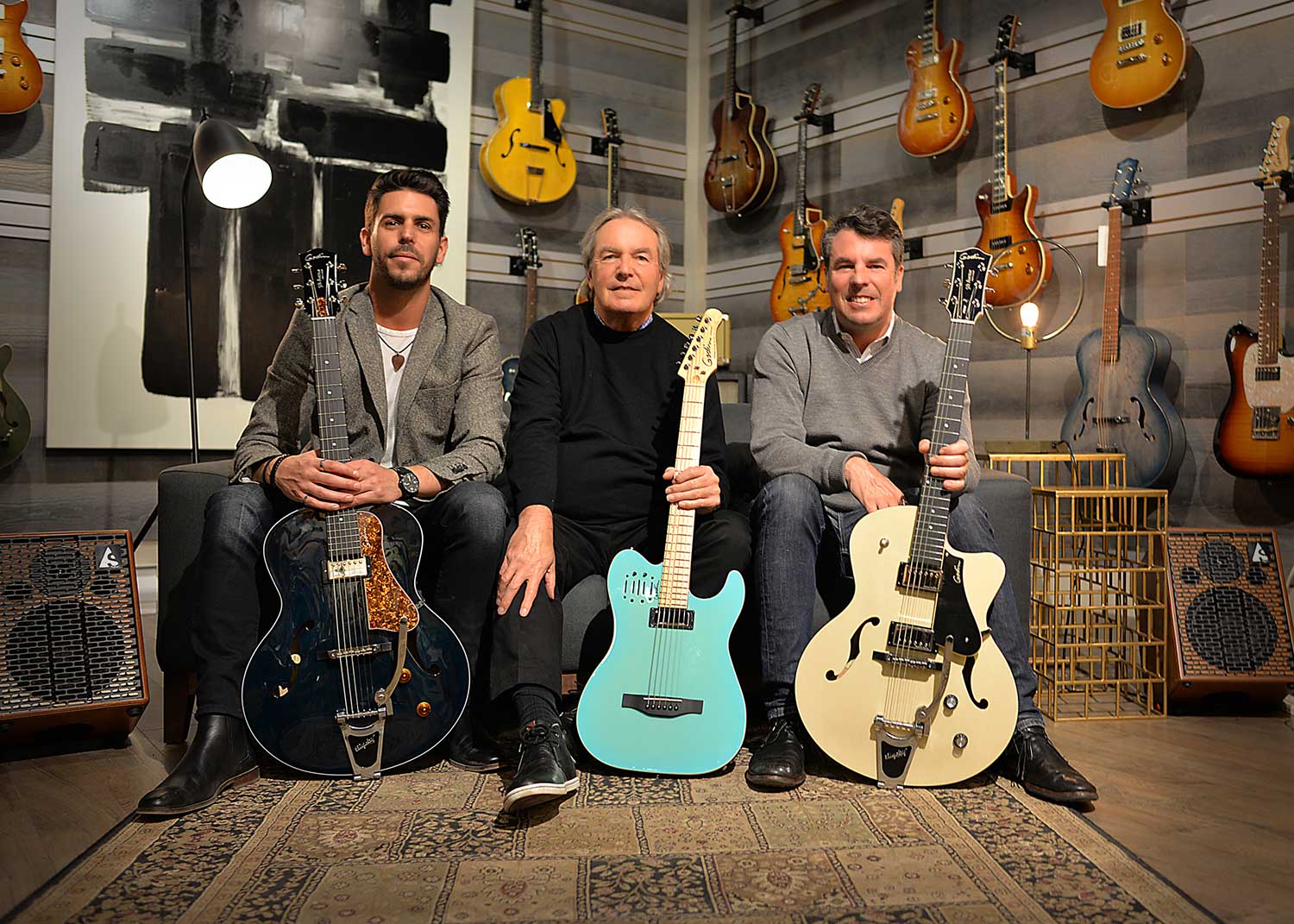
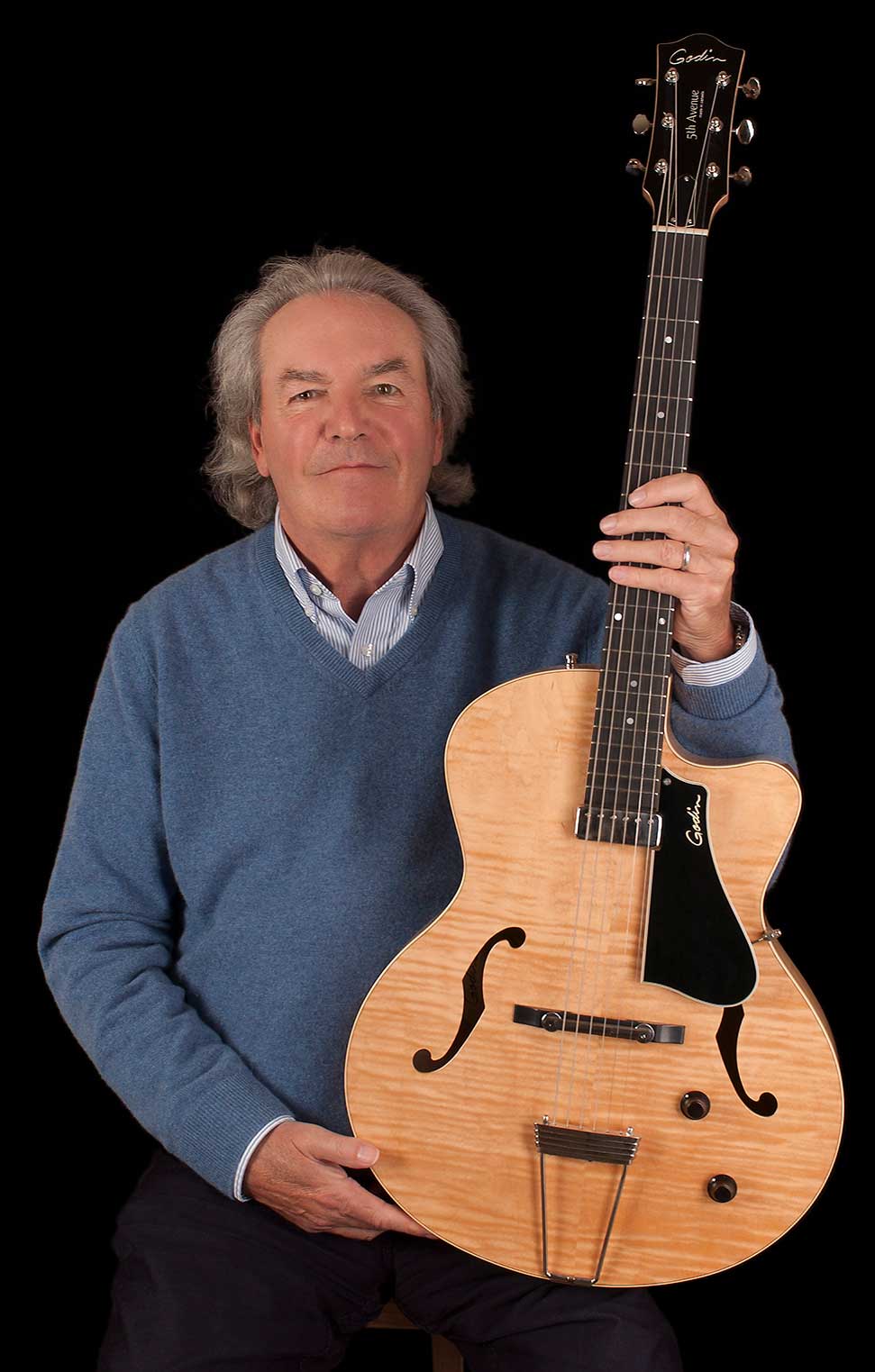
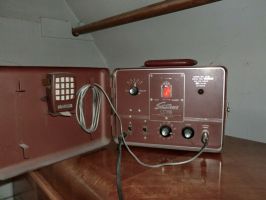
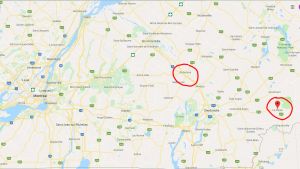

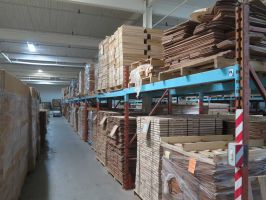
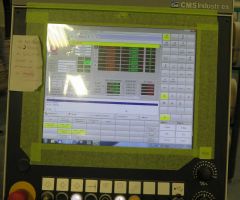
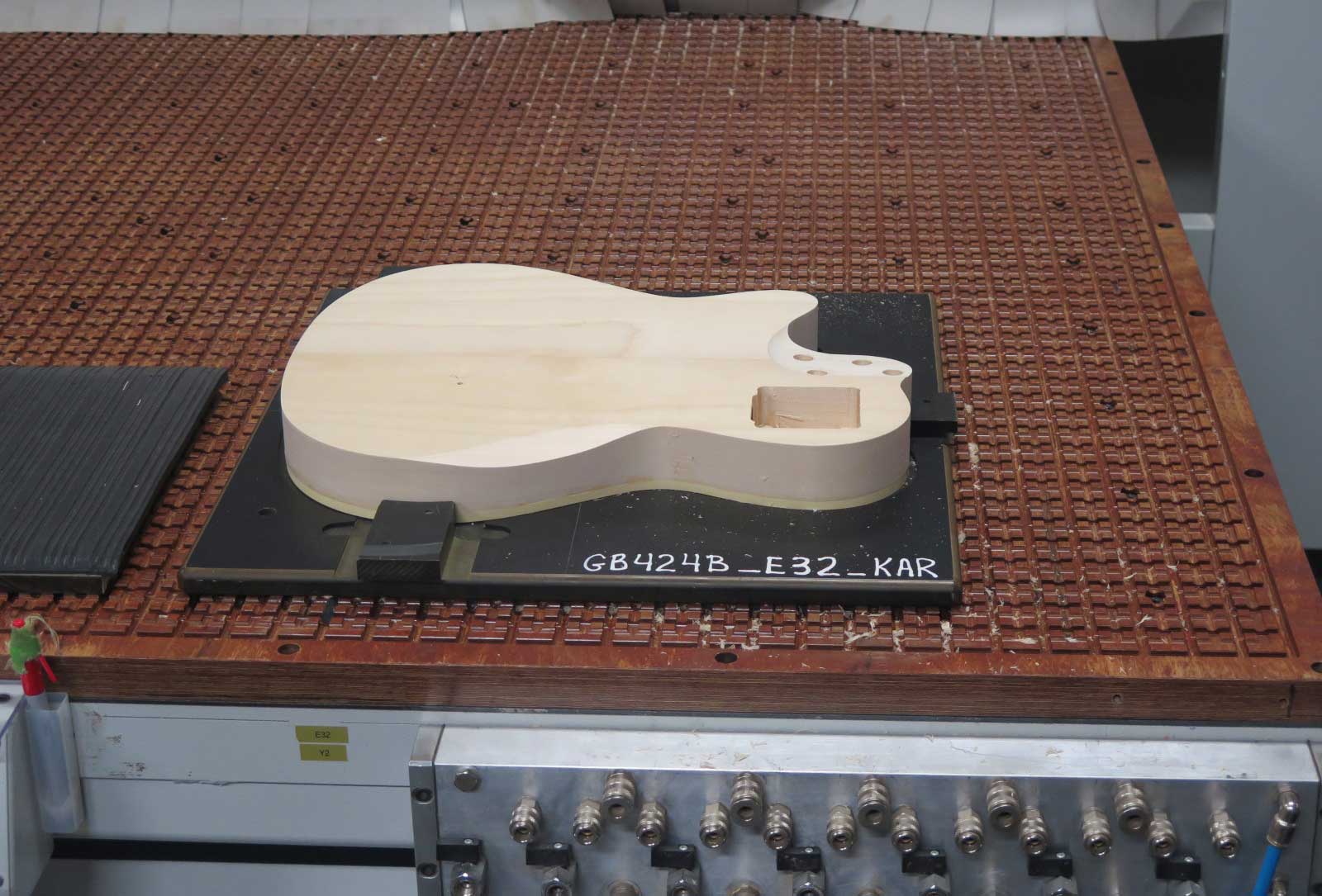
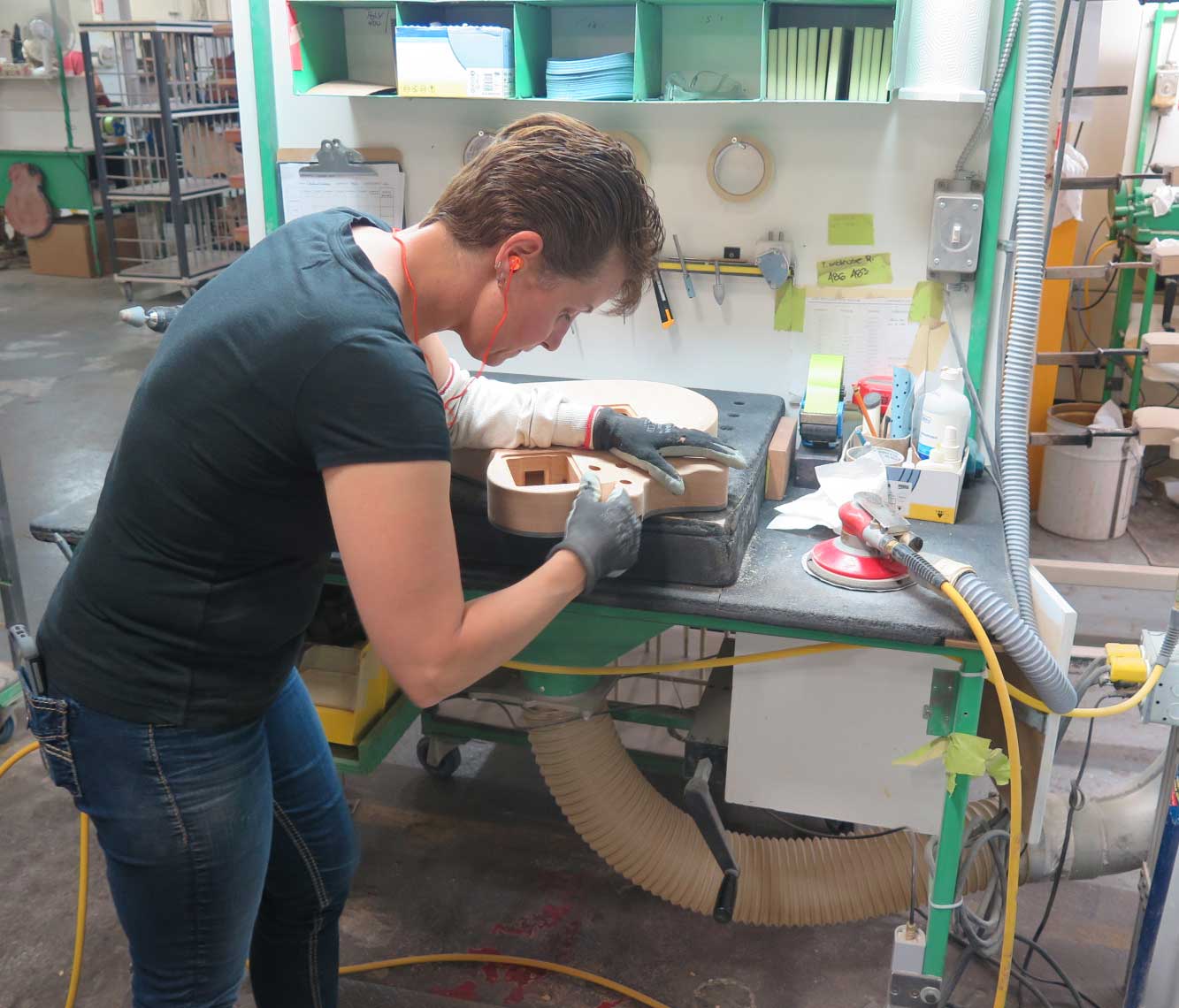
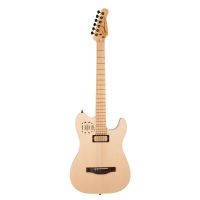
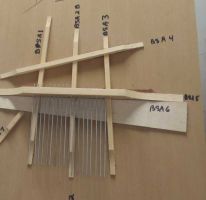
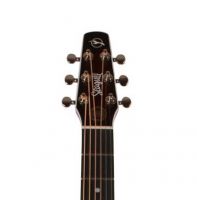
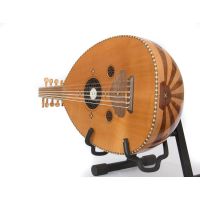
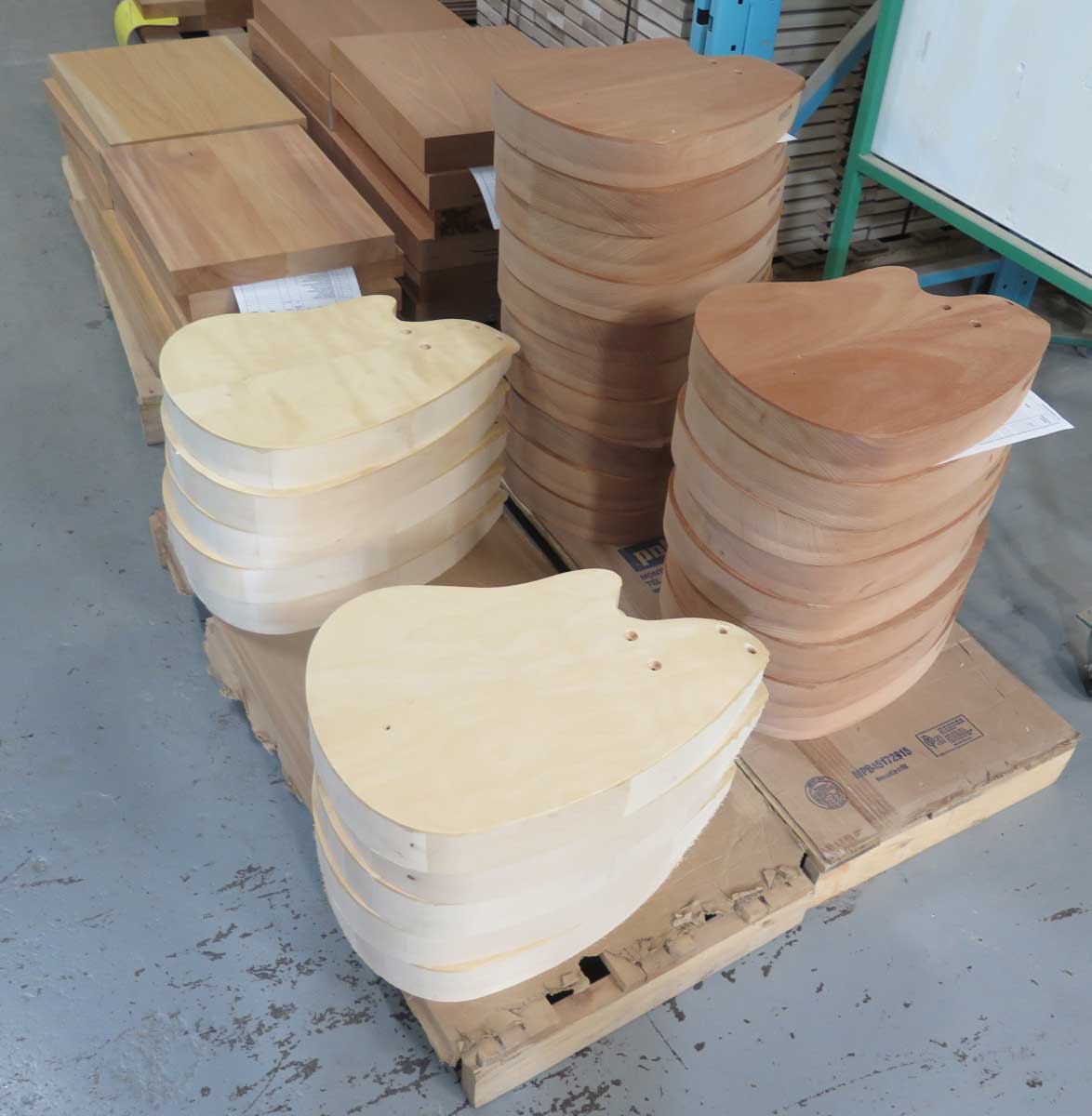
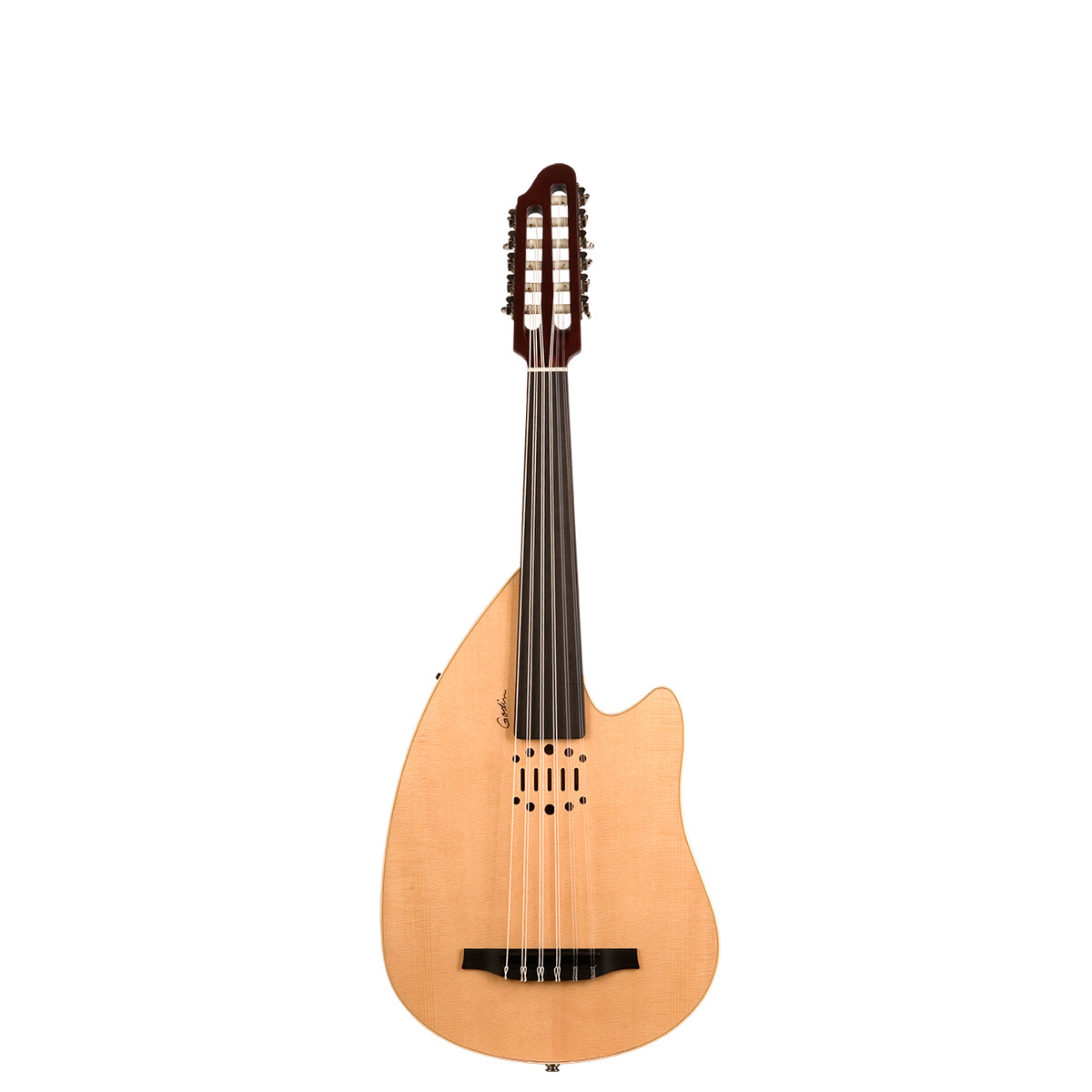
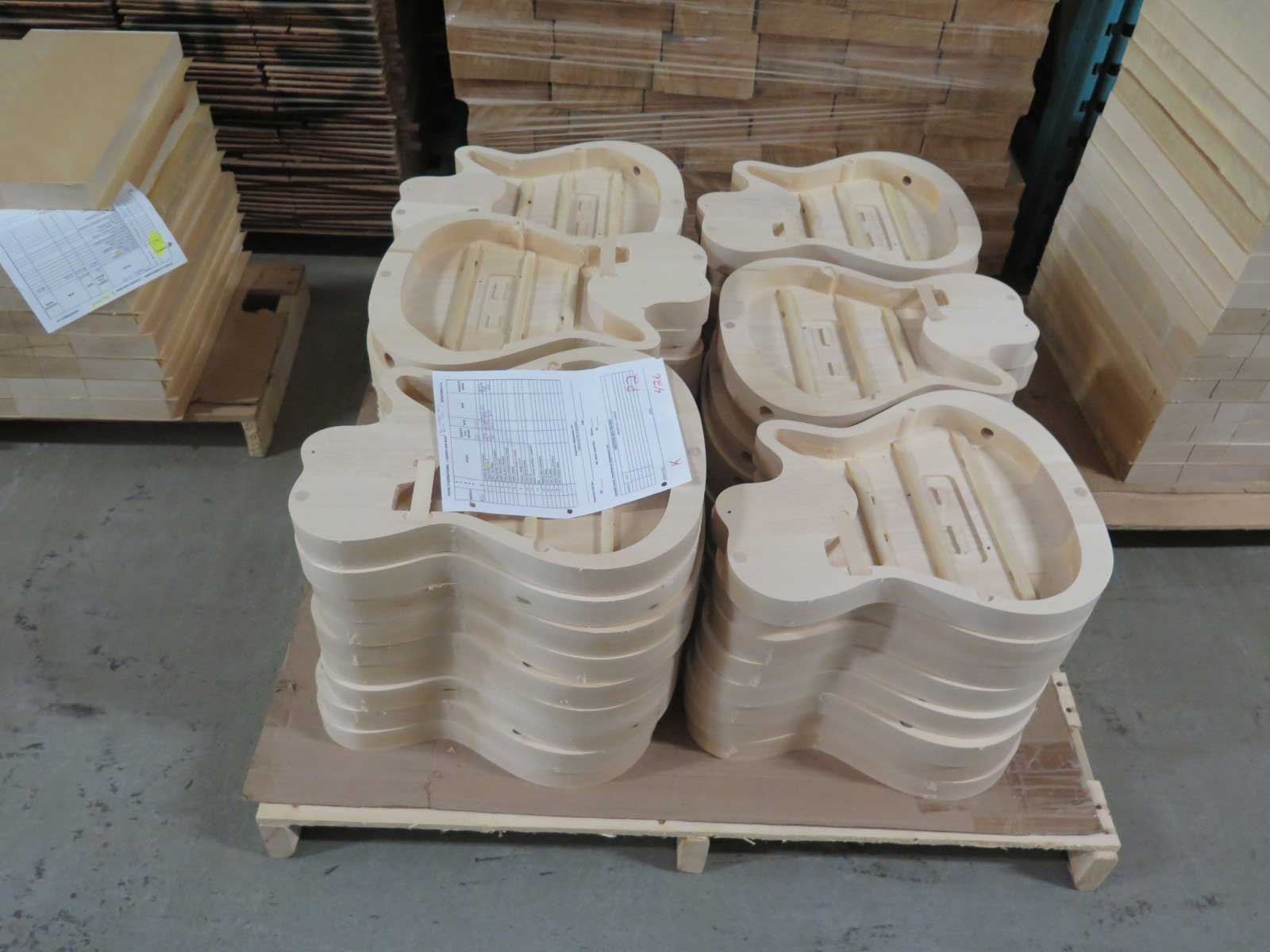
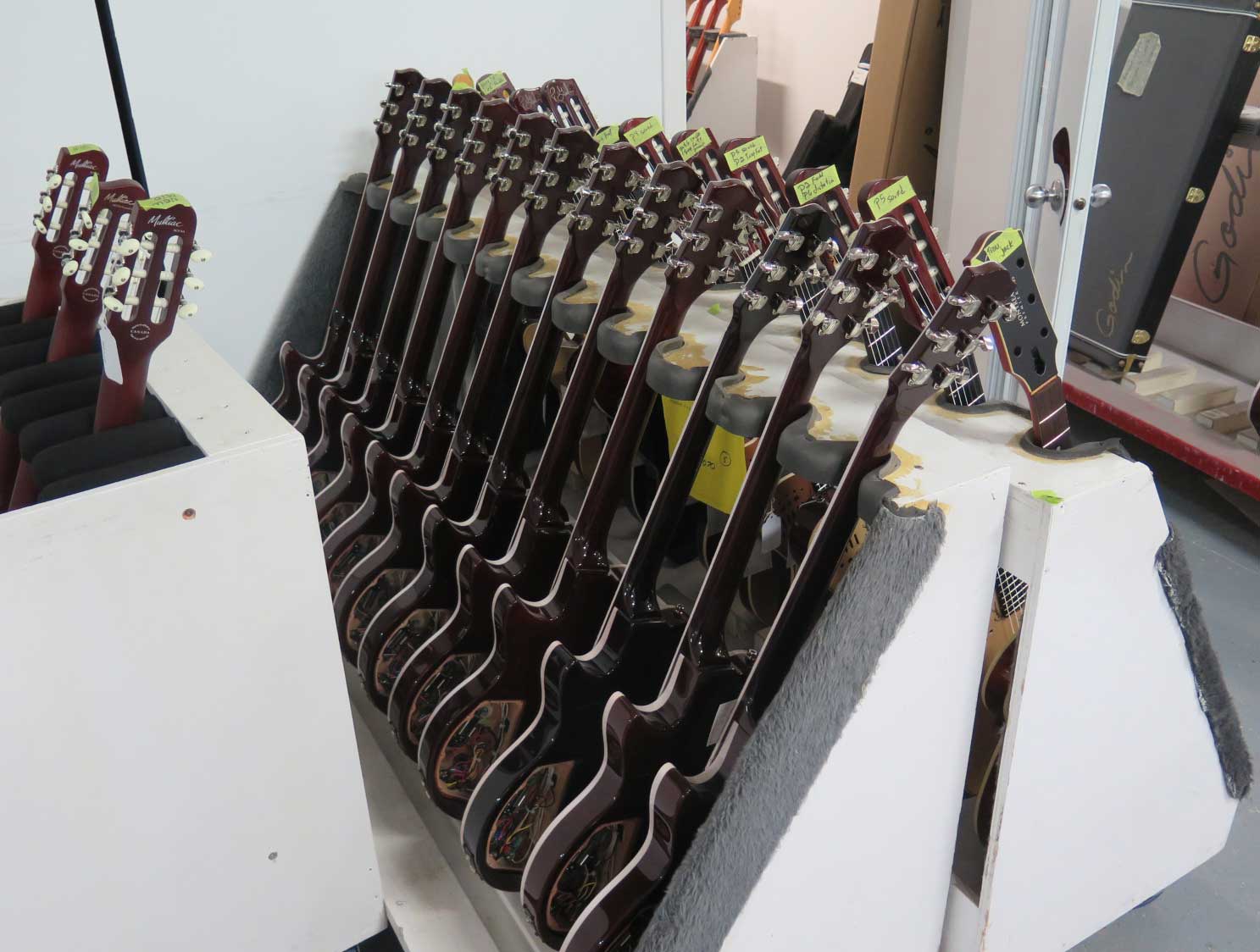
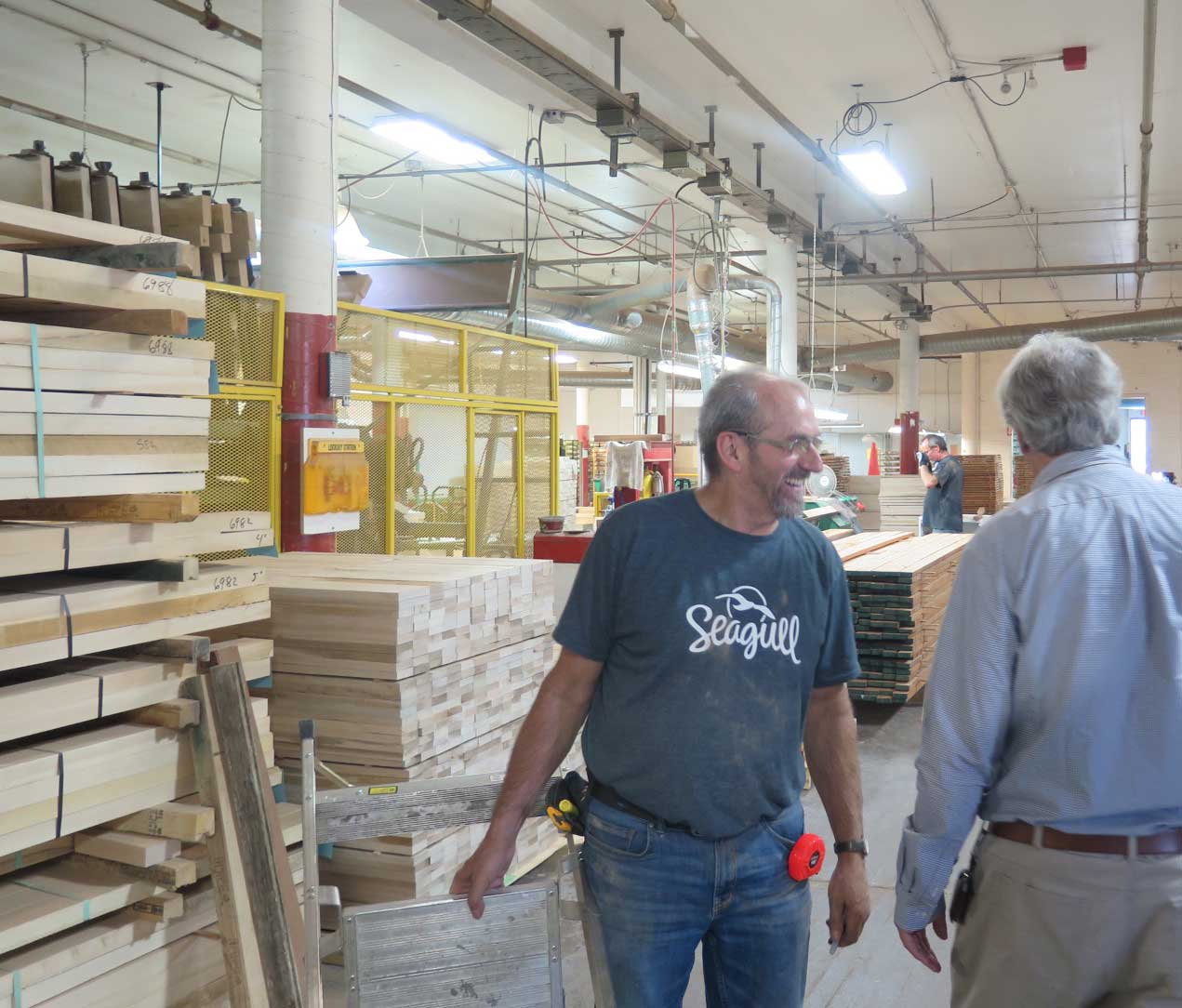


 Other Related News
Other Related News











